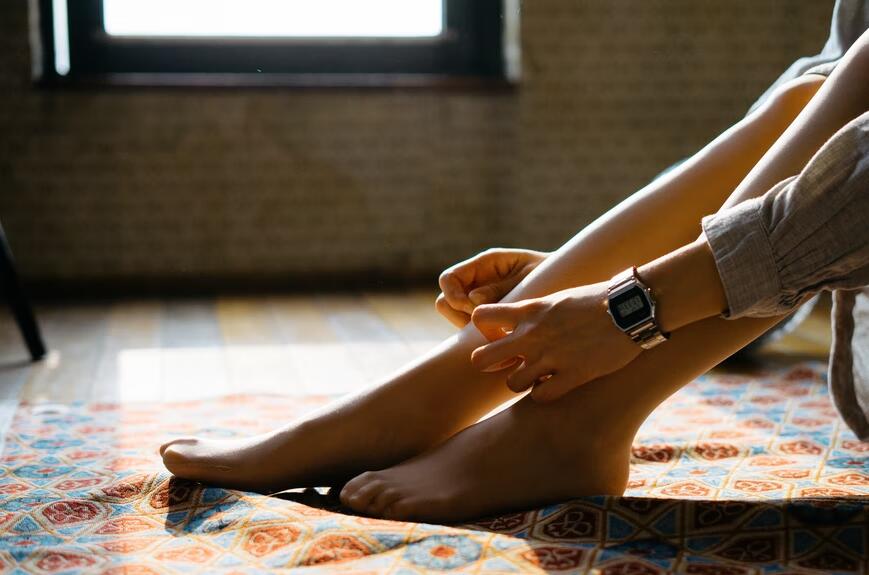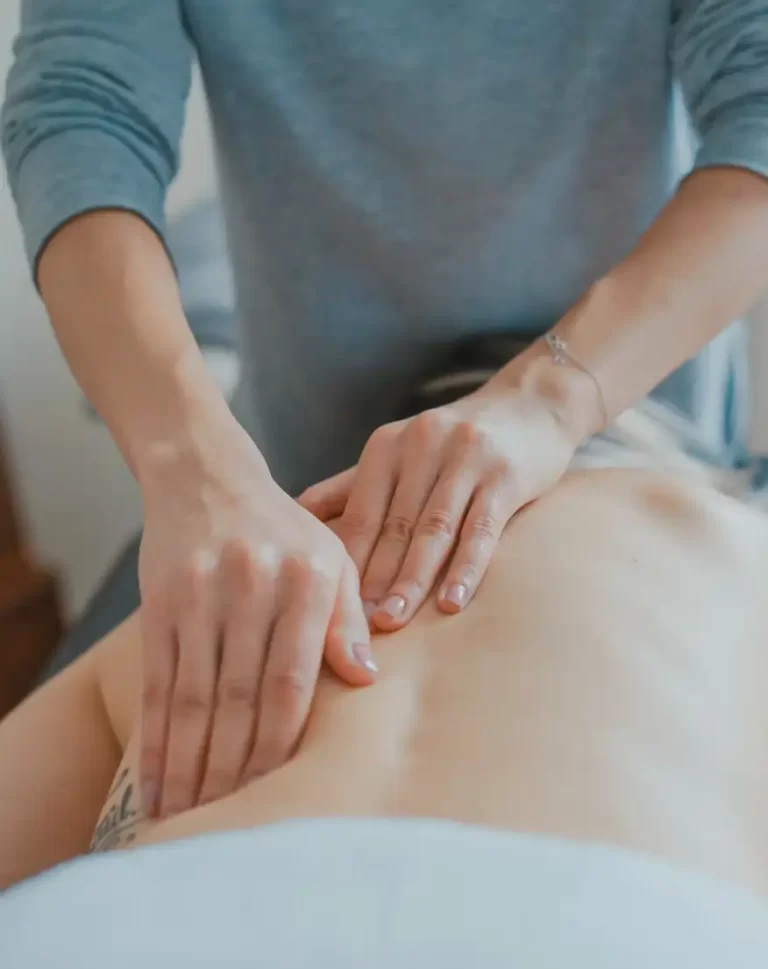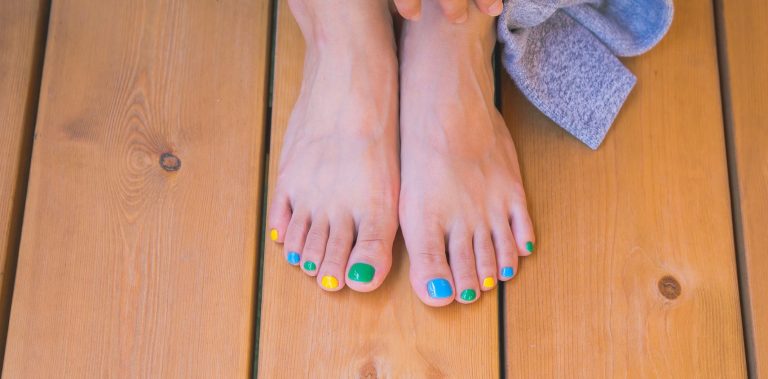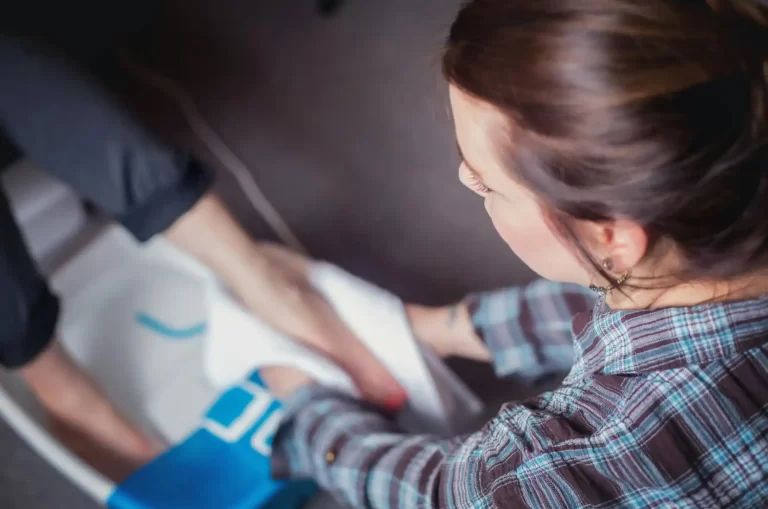Does Flat Feet Cause Knee Pain?
Flat feet are common in people with knee pain. However, this association is not necessarily causal. Flat feet are a symptom of a more serious underlying condition, and they can contribute to the onset of knee pain. In most cases, however, flat feet are not the cause of your knee pain.
What Are Flat Feet?
Flat feet are a condition where the arches of your feet collapse when you stand or walk. As a result, your heels may come off the ground when you take a step forward or backward. This can cause pain in your ankles, knees and hips as well as other areas of the body that support your weight when standing or walking. The condition can range from mild to severe and is typically diagnosed via x-ray image analysis by an orthopedic specialist (a doctor who specializes in treating musculoskeletal disorders).
Why Does My Foot Look Flat?
The arch of your foot is made up of tendons and ligaments. These tissues connect your bones together and allow your ankle to bend up and down with each step. The muscles and tendons in the arches of your feet are also responsible for supporting the weight of your body when you stand or walk.

When these tissues are too weak or damaged, they cannot hold up your foot properly anymore. This causes flat feet symptoms such as pain, swelling, achy joints and possibly even bone deformities over time if left untreated.
Flat Feet Could Be The Cause Of Your Back, Hip, And Knee Pain
If you have chronic knee pain, chances are that it has more to do with your feet than you think. A stable arch can help prevent many of the common causes of knee pain, such as plantar fasciitis, patellofemoral syndrome (PFPS), and osteoarthritis. Flat feet can put extra stress on the knees that can lead to knee pain over time.
Your feet are more integral to your body than you might realize.
You may have heard that your feet are connected to your knees and hips, but did you know that they’re also connected to your back? Your feet are the foundation of your body and can be the cause of pain in any part of it.
If you suffer from knee or hip pain, flat feet could be to blame. In fact, research shows that over half of people who experience knee problems also have flat feet. If you already have flat feet and want to avoid them worsening into other problems as well, it’s important that you take care of them now.
The same thing goes for back pains: if you have chronic lower-back pain caused by a condition such as sciatica or degenerative disc disease, having flat feet will make this condition even worse than it needs to be!
Flat feet could be the cause of all your knee pain.
Flat feet are a major cause of knee pain. If you have flat feet, they tend to turn inwards and this can cause the lower leg bones to rotate inward as well. This rotation causes increased surface area on your knees (patella) rubbing against each other when you walk which often results in painful bruises or even an injured patellar tendon.
It’s not just knees that suffer from flatfoot syndrome either. It also affects backs, hips and ankles – especially if you’re overweight or obese as well as being flat footed yourself!
An unstable arch can cause all kinds of problems, not just with your feet.
Flat feet can cause all kinds of problems, not just with your feet. An unstable arch can cause knee pain, back pain, hip pain and ankle pain; it can also contribute to foot pain and even lead to misalignment in other areas of the body. If you have flat feet, we recommend consulting a podiatrist who specializes in treating this condition.
A fallen arch is a major cause of knee pain.
While a fallen arch is a major cause of knee pain, it can also cause hip, back and foot problems. The foot acts like a shock absorber when you walk, run or jump. If you have fallen arches in your feet, your landing will be harder than someone with normal arches because the bones in your feet aren’t absorbing enough pressure when they hit the ground. This can lead to wear and tear on joints throughout the body that eventually results in pain.
You can strengthen your knees, even if you’ve had chronic knee pain for a long time.
Your knees are likely to be the source of your pain if you have flat feet. Knee pain is a common complaint, and can be caused by many different things—from years of running on hard pavement, to inadequate footwear, or even unbalanced leg strength.
Knee pain is often characterized as chronic when it lasts for more than three months with no clear cause or cure. In this case, you may need to seek professional help from a physical therapist who specializes in treating people with knee injuries or problems. But if your knee pain is acute (meaning that it comes on suddenly), there are some simple exercises you can do at home to strengthen your knees that are good for anyone’s health—not just those with flat feet!
You don’t want to start an exercise program without checking in with your doctor first: these exercises aren’t dangerous but they should not be performed without being cleared by a medical professional first!
There are multiple causes of knee pain, but flat feet can be one of them.
In addition to back pain and hip pain, flat feet are a common cause of knee pain. This can occur when you walk, run, or jump. Knee pain from flat feet can also be the result of a lack of cushioning in your shoes. If you wear flimsy footwear without proper support for your feet, this can cause discomfort in your knees when walking or running long distances.
When standing or sitting for long periods of time with flat feet—whether at work or during recreational activities —the lack of cushioning inside the shoe will cause additional pressure on the joint surfaces of the foot and ankle that lead up to your knees; this results in eventual damage to these joints over time as well as increased stress on other areas such as ligaments within your knee joint itself (which may prevent normal range-of-motion).
Knee pain caused by flat feet doesn’t have to linger forever.
Knee pain caused by flat feet doesn’t have to linger forever. You can get relief from knee pain caused by flat feet through simple exercises and treatments for both your feet and your knees.
If you are experiencing constant knee pain, we recommend that you visit a doctor or physical therapist. Your doctor may be able to diagnose the source of your knee pain and recommend custom orthotics, which can help relieve pressure on the knees. A physical therapist can offer more specific treatment options depending on the severity of your symptoms. They will also guide you through rehabilitation exercises that will strengthen the muscles around your hips, pelvis, thighs and back (all connected areas).
Treating the root causes of your knee pain is the best way to find relief.
After knowing the root causes of knee pain and how to treat flat feet, you may be wondering how to find relief from knee pain. Here are some exercises you can do to strengthen your knees:
- Squats with a foam roller under your heels: This exercise will help strengthen the muscles around your knees, which will help prevent injuries. You should try doing this exercise for three sets of 15 repetitions per day.
- Stretching: I recommend holding each stretch for at least 30 seconds before moving on to the next one so that they can have time to really work their magic! If done properly, these stretches should help relieve some of those aches in your lower back caused by flat feet as well as many other problems associated with bad posture or tightness in certain areas such as calves/calves (which leads us right into our next section).
Last Thought
If you have knee pain, it’s possible that your flat feet are to blame. While this is hardly a given, it is certainly worth investigating. The symptoms of flat feet are often characteristic of knee pain. Also, the treatment for both conditions is similar. By visiting your nearby podiatrist and undergoing an evaluation that includes a description of your arch type, you can get a better idea of your potential for knee problems as well as determine a treatment plan that will help alleviate some of your pain.






